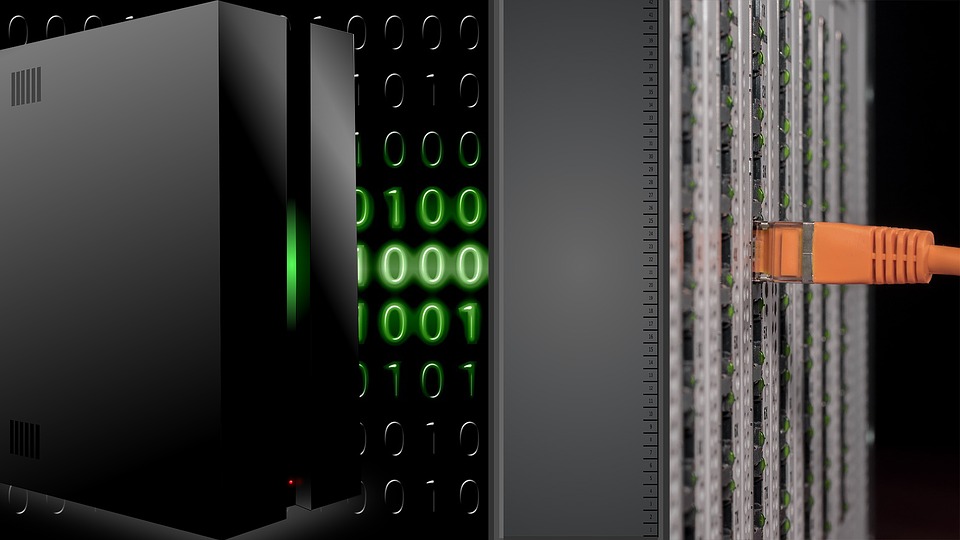
This letcture will explore what it means to live in a network-centric world and the key components that make up computer networks.
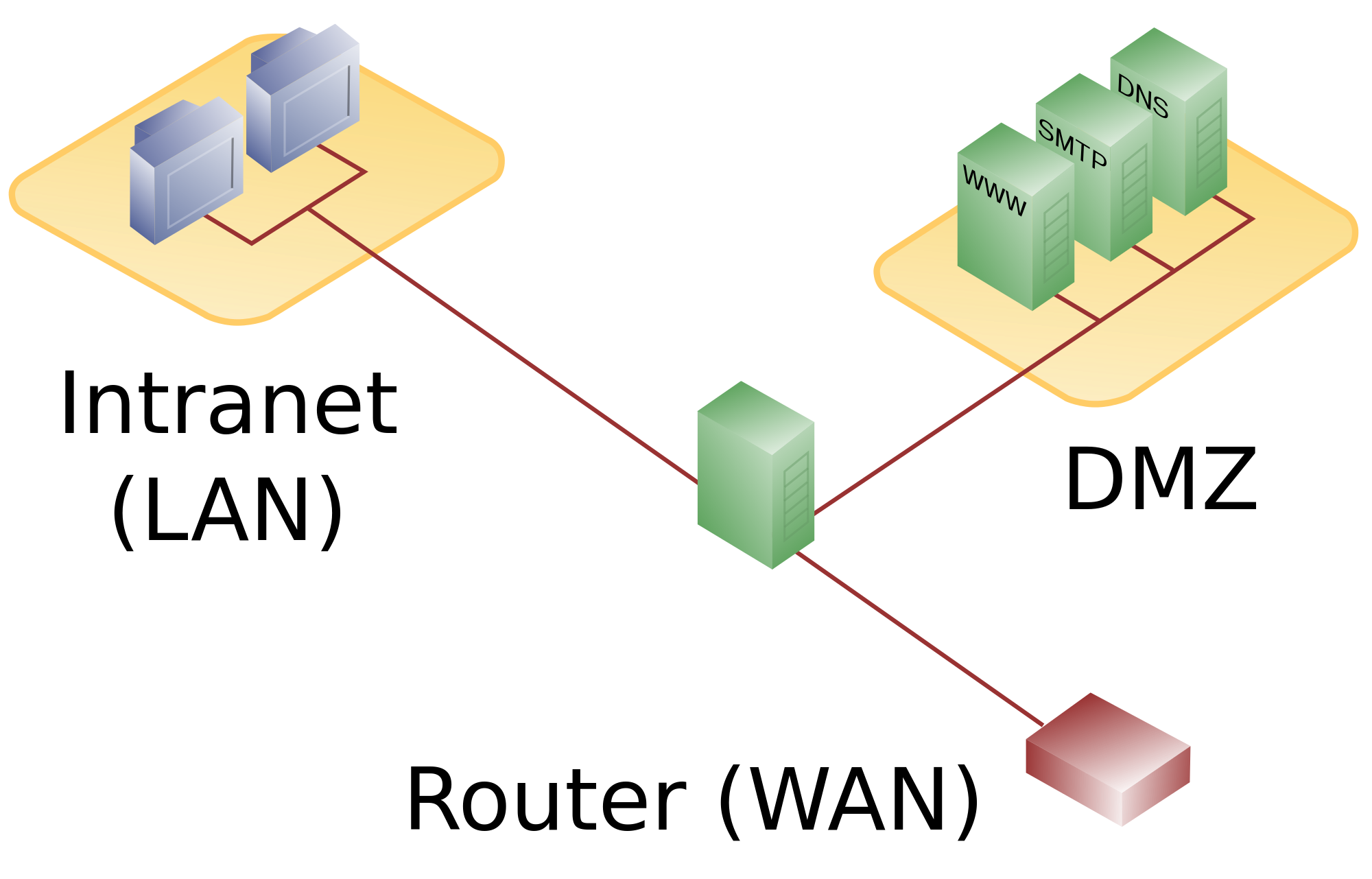
This lecture will examine the characteristics of the network architecture and explain the difference between bandwidth and troughput.
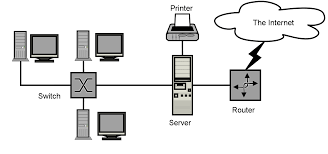
Setting up a small network using Packet Tracer.
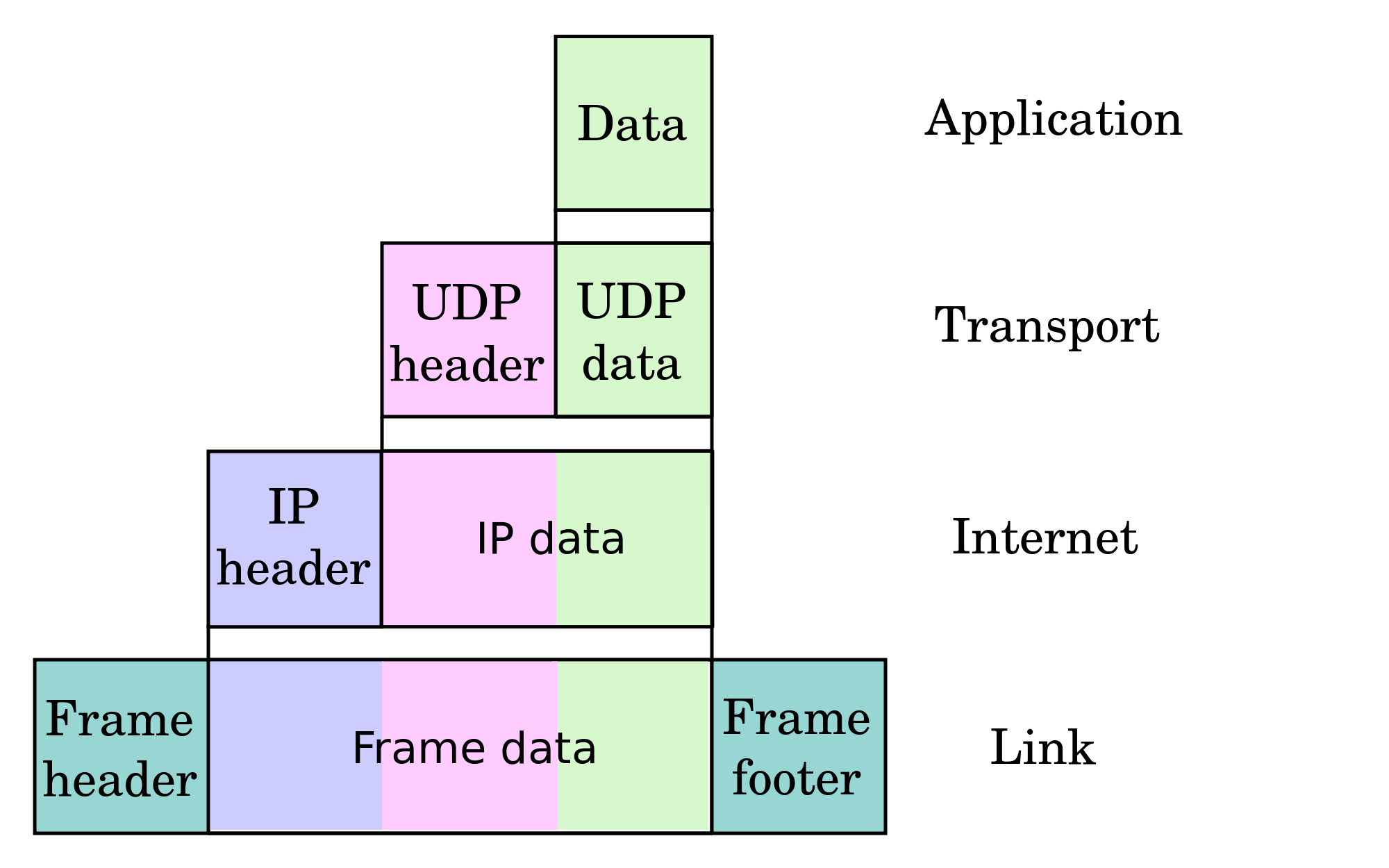
This lecture will examine the process of Data Encapsulation and how network protocols work together to get the data across the Internetwork. We will also examine in detail the OSI and TCP/IP data models.
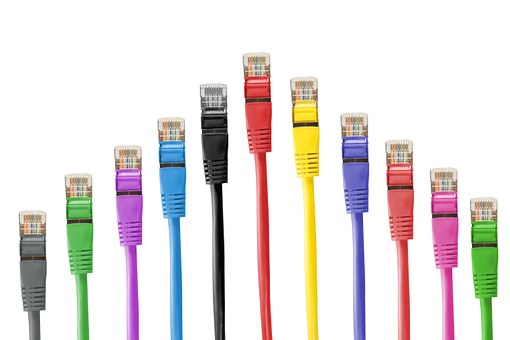
This lecture will examine the Ethernet standard and its implementation in computer networks.

Using Wireshark to view network traffic.

This lecture will look at the role and basic operations of a Switch on LAN.

This lecture will explore Address Resolution Protocol (ARP). We will examine how it resolves an IP address with a MAC address and how it maintains it ARP cache. This will be examined both for destinations on the local network and for those that are not.
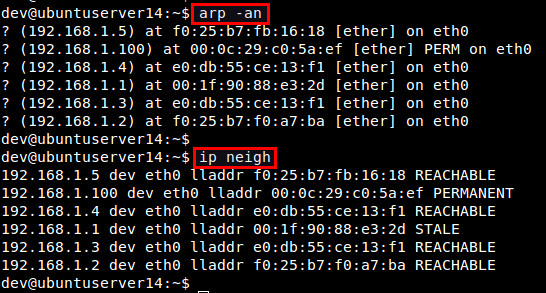
Examining the ARP table.
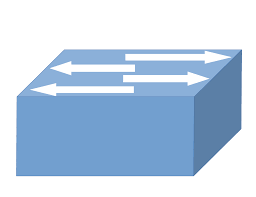
Build and configure a switched network and examine the switch MAC address table.

This letcture will cover the key features of the Cisco IOS.

Exploring Cisco IOS and configuring basic switch and router settings.

In this lecture will examine the main features of the network Layer. We will explore the function of the router and the components of the routing table.

In this lecture we will examine IP in detail, the different classifications of IPv4 and discuss the importance of the subnet mask.

IP Subnetting exercises.

This letcture we will discuss the concept of subnetting which is the process of dividing larger networks into smaller sub-networks.

This lecture will explore how VLSM better utilises IP addressing to cater for networks of varying sizes.

This letcture we will explore Dynamic Host Control Protocol (DHCP), a process that will dynamically allocate IP addressed to nodes on a network. We will also look at Network Address Translation (NAT), a process that translates multiple private IP addresses into one global IP address for communication across the public internet.

This letcture will explore the Transport layer protocols TCP and UDP in detail. It will also look at the use of port numbers as layer 4 addressing.

This lecture will examine the ICMP, a helper protocol which supports IP in error reporting and simple network queries.

This lecture will use wireshark to examine the the TCP header fields using ftp and the UDP header fields using tftp.

This lab will use Wireshark to examine the 3-Way Handshake.

This letcture will introduce the basic componenets of a routing table, how it is populated with directly connected routes and the configuration of static and default routes.

This lecture will examine the characteristics of some of the common routing protocols that are currently used in our networks today. We will distinguish between the different types of protocols and examine how each routing protocol updates the routing table information for the participating nodes.

In this lab you will configure Static and Default routes.

This week you will be introduced the 802.11 standard, wireless.

This lab will take you through the configuration of a wireless router.